Our Blog - Summer 2024 Trip - Rue, France
I'm not sure how the town of Rue got its name, since "rue" means "street" in French. But there have been people here since the Bronze age, including a necropolis and a group of huts in the middle of the marsh. There was some amount of occupation here under the Romans and approximately 7,000 Roman coins from the 3rd century were found here. A port was built in the 11th century but it silted up. It is now a fairly small town, around 3,000 people, and it has a relatively old population. We hit a couple quick sites in town.
First up was the Chapelle de l'Hospice, built in 1186 to accommodate the poor and pilgrims on the way to Santiago de Compostela. It was sacked in 1496 by the English and rebuilt in the 16th century, which is the one you see. The choir was finished in 1507 and the nave was completed in 1512. The 2nd picture shows the Western façade, which was rebuilt out of red brick at the end of the 19th century in a Flemish style. Unfortunately, it was not open, so we couldn't see the interior, which supposedly has a vaulted wooden roof in the shape of a boat hull.
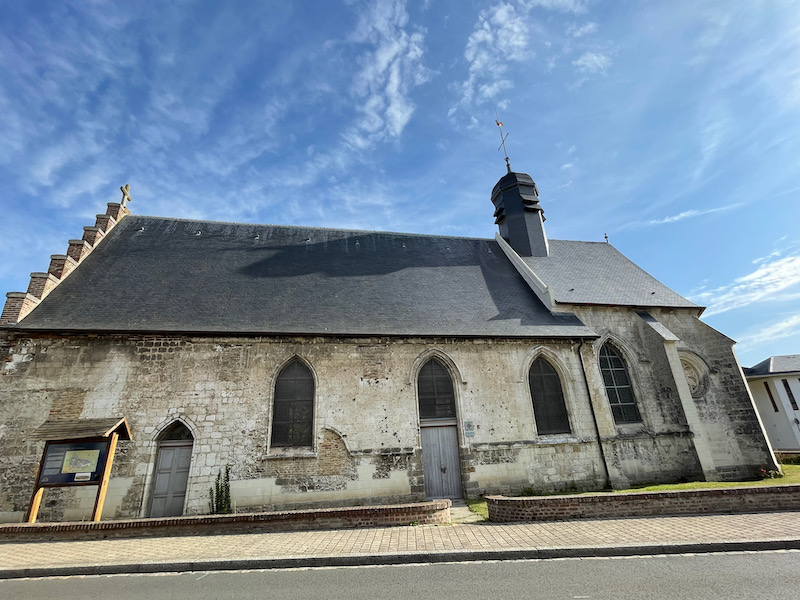
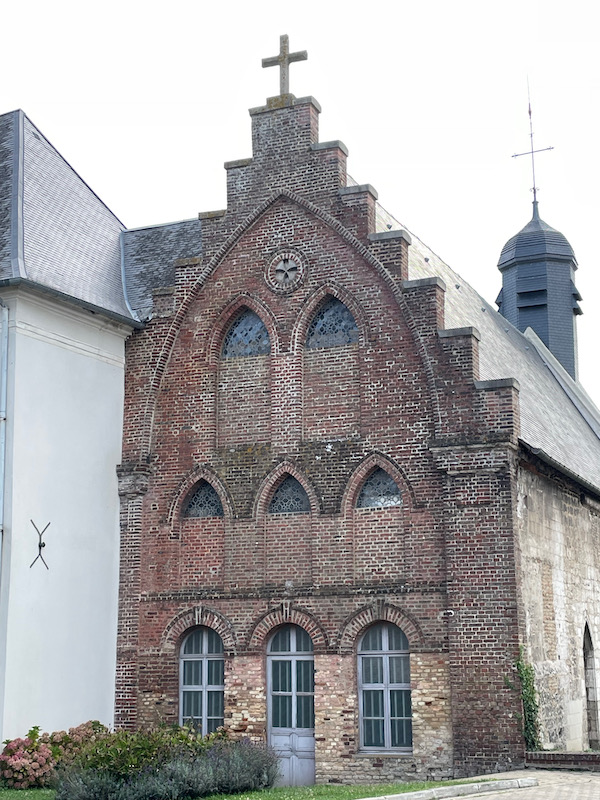
When the Count of Ponthieu granted a municipal charter to the town of Rue in 1214, he immediately had a belfry built. The lower part of the current belfry, made of large blocks of stone, dates from the 15th century while the upper part was rebuilt in 1860. It is adorned with 4 corbeled watchtowers topped with pepperbox roofs. The base of these turrets rests on the buttresses which provide the support and stability of the top. The belfry was built for defense, and a guard room on the 2nd floor was used for lookouts and guards responsible for monitoring the city and surrounding areas. Bells made it possible to warn the population in the event of an attack or fire.
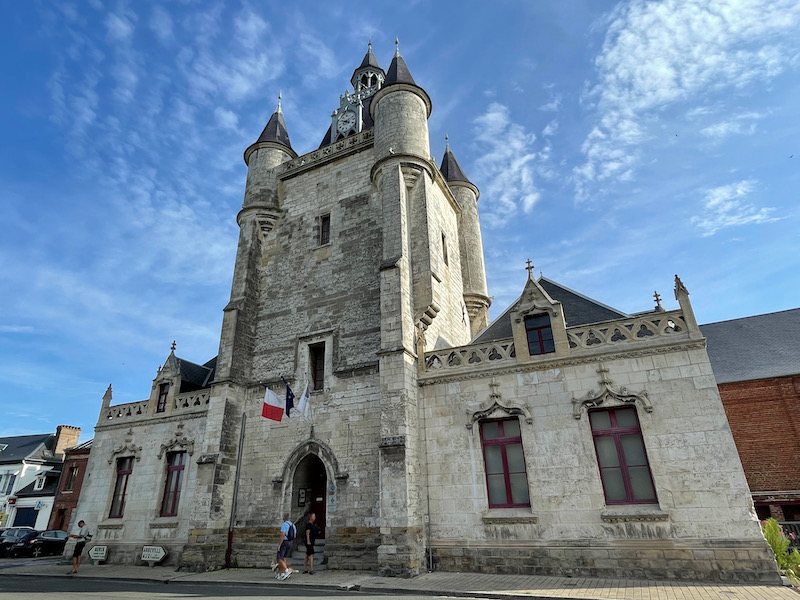
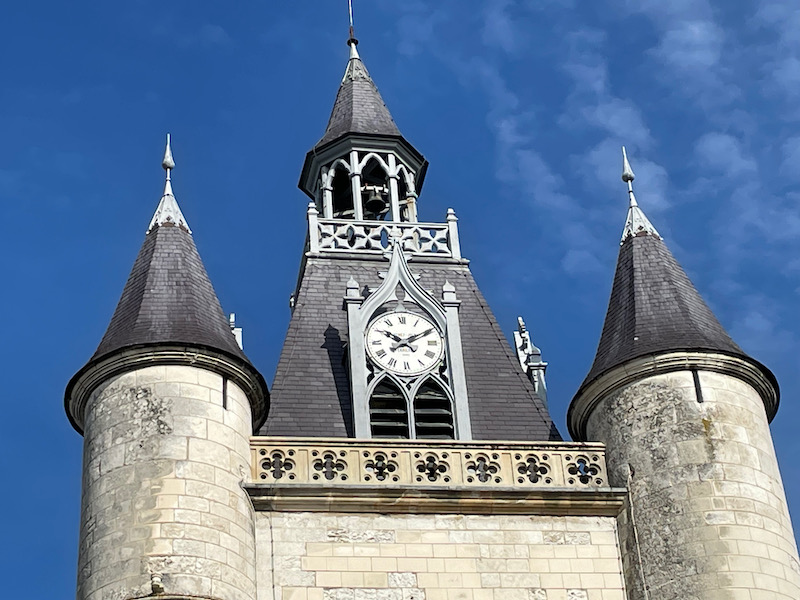
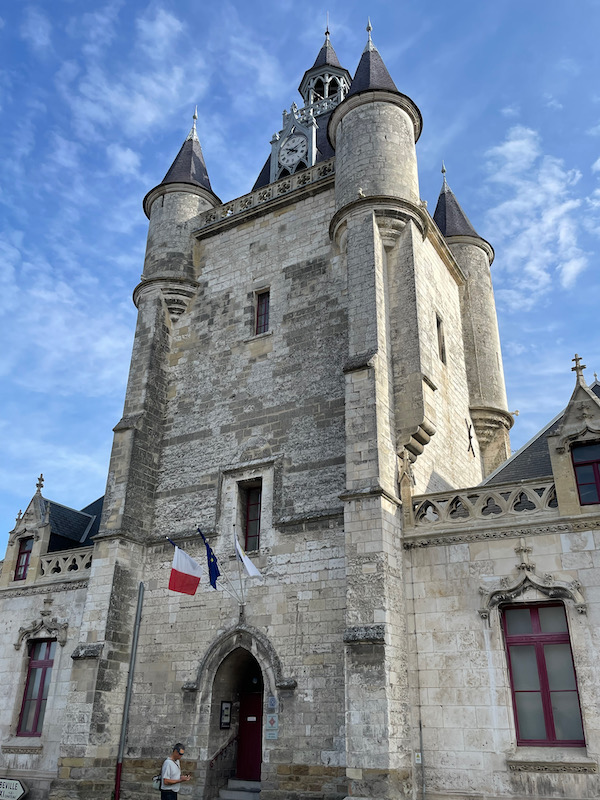
Two neo-Gothic style buildings were added on either side of the belfry to serve as town hall until 1969.
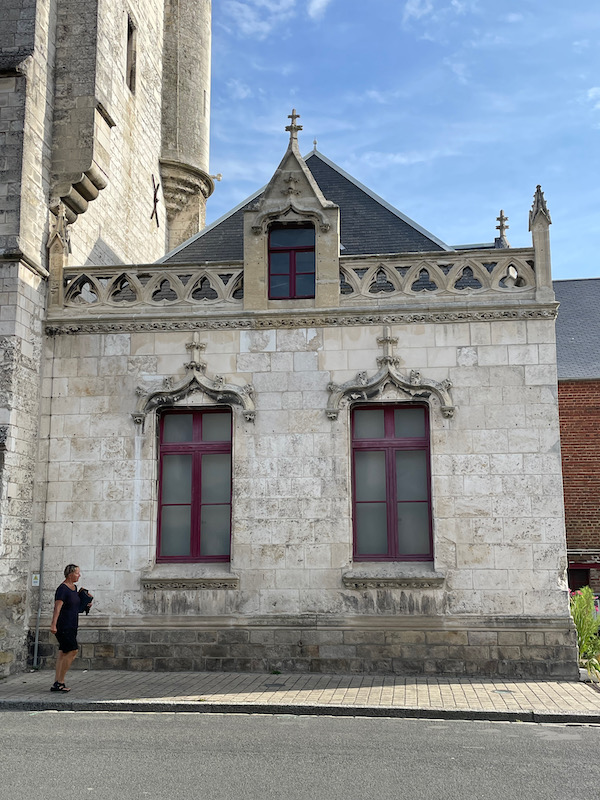
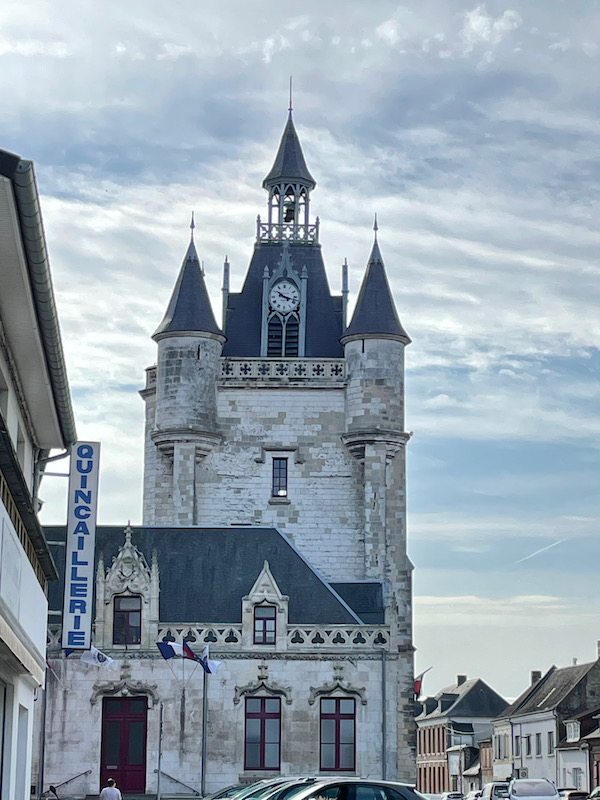
The Eglise Saint-Wulphy was built between 1828 and 1833 after the previous church was damaged by a storm and demolished. The only thing that is remaining from the previous church is a chapel, which you will see next. The church is fairly "boring" compared to the chapel. The church is in Neoclassical style, built in stone (at the bottom) and then finished with brick as you move up the façade.
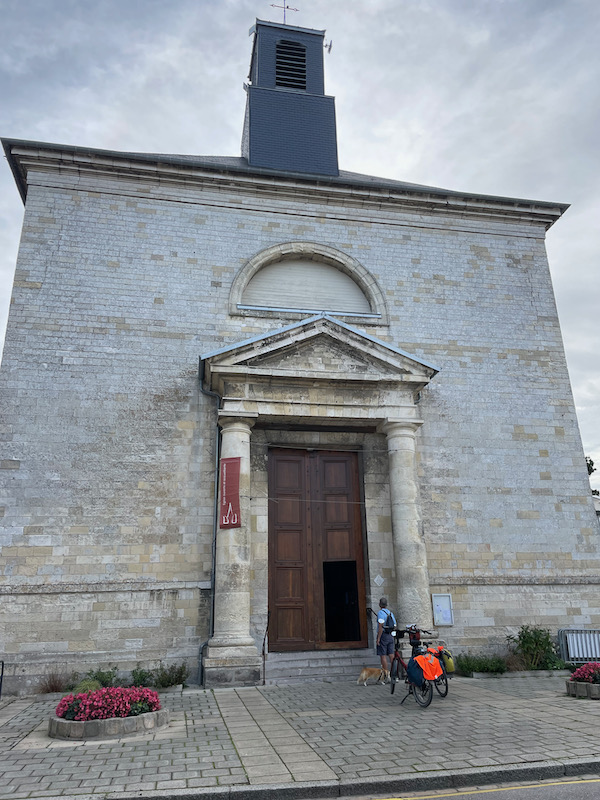
Just inside the door is a small recreation of the Grotte de Lourdes. These replicas are of the Massabielle grotto, the site of the apparitions of the Virgin Mary to a 14-year-old girl in the town of Lourdes in 1858.
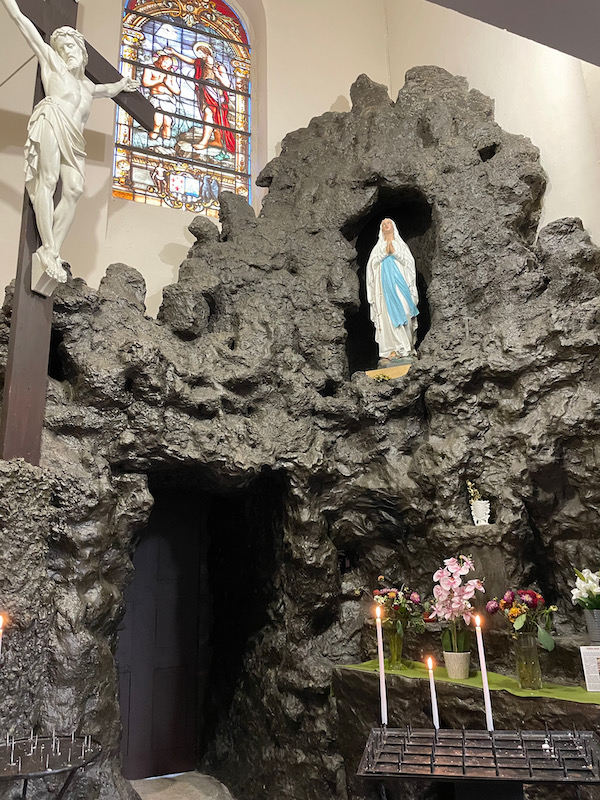
The high altar is surmounted by a glory surrounding a sculpted group representing the Assumption of the Virgin . The walls of the nave are decorated with woodwork, paintings representing religious scenes and statues of saints. The interior looks very well-kept, partly because of a long restoration of the interior of the church that was done in 2020.
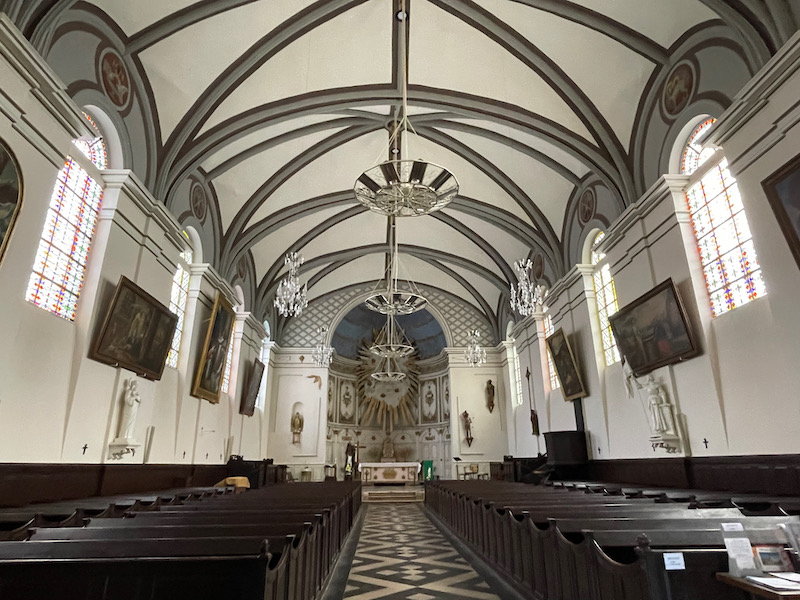
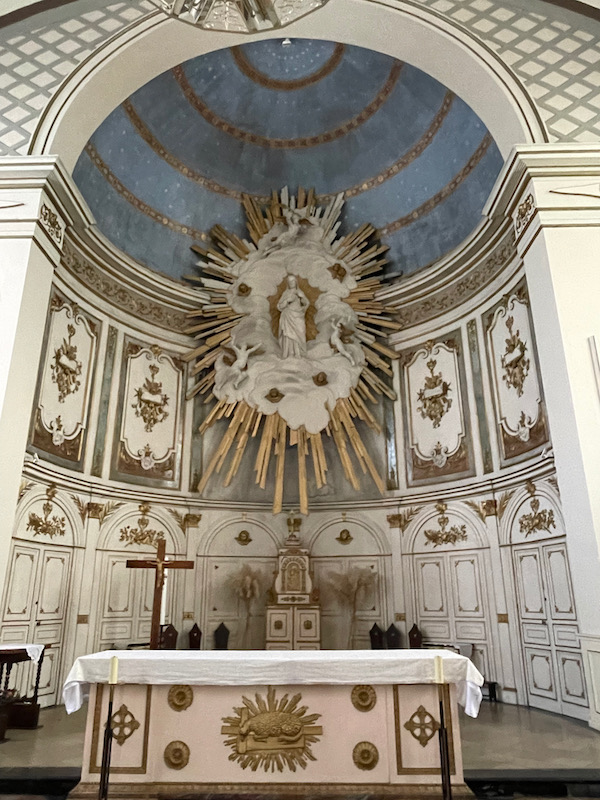
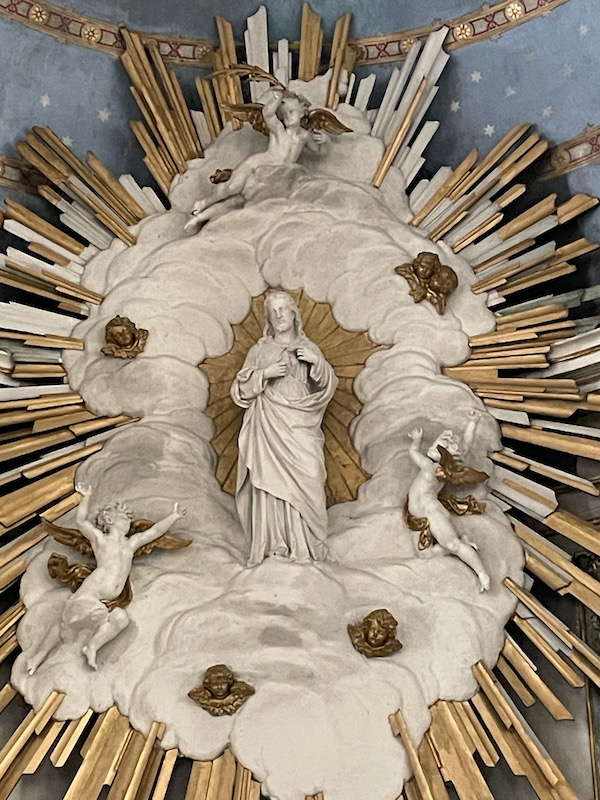
Several wooden statues from the 16th century, representing Mary the Egyptian, John the Baptist, James the Greater, and Saint Sebastian, have been preserved and are displayed in the nave.
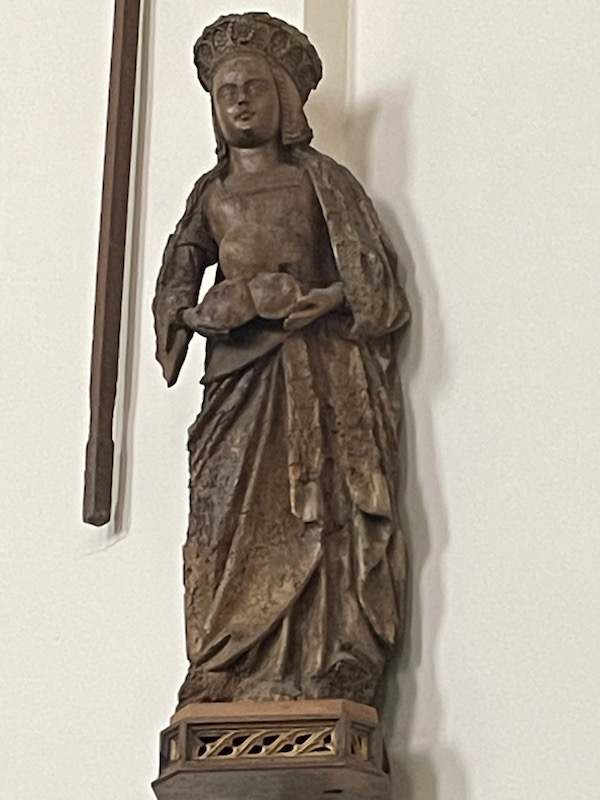
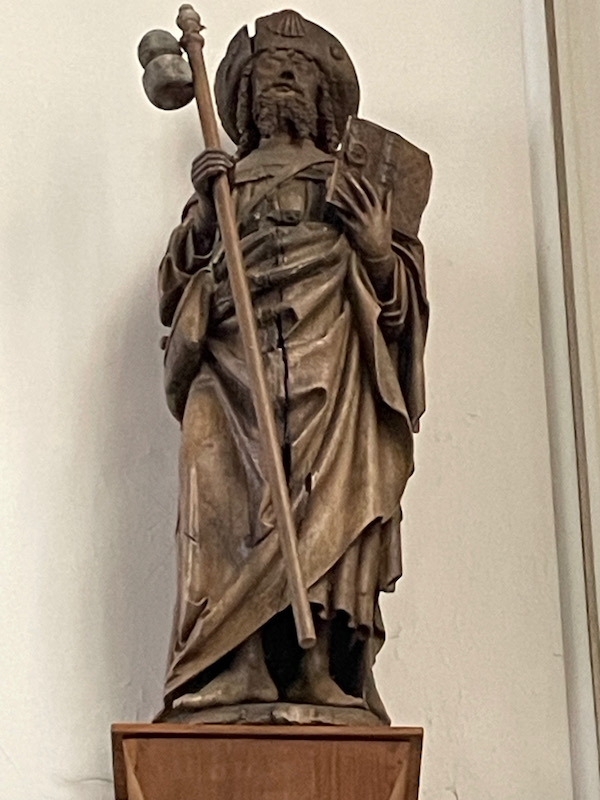
I mentioned the chapel from the previous building ... the Chapel of the Holy Spirit. Just from the outside, you can see how elaborate this little chapel is compared to the bland-and-boring church. It was built between 1440 and 1514 and is 1 of 3 major buildings in this region that is in the Flamboyant Gothic style. The portal has retained most of its old decoration. The scenes on the tympanum are of the 7 Sorrows (you can pick out the Flight into Egypt on the bottom row) were made in the 19th century.
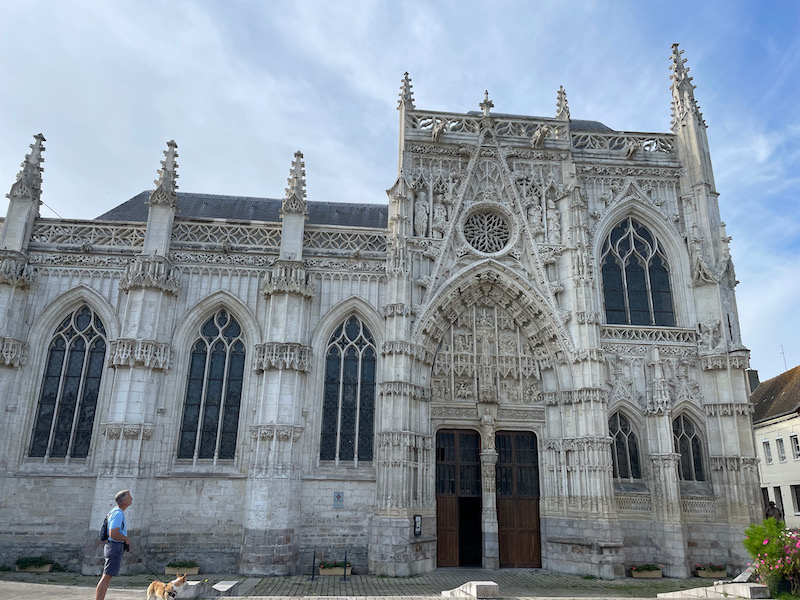
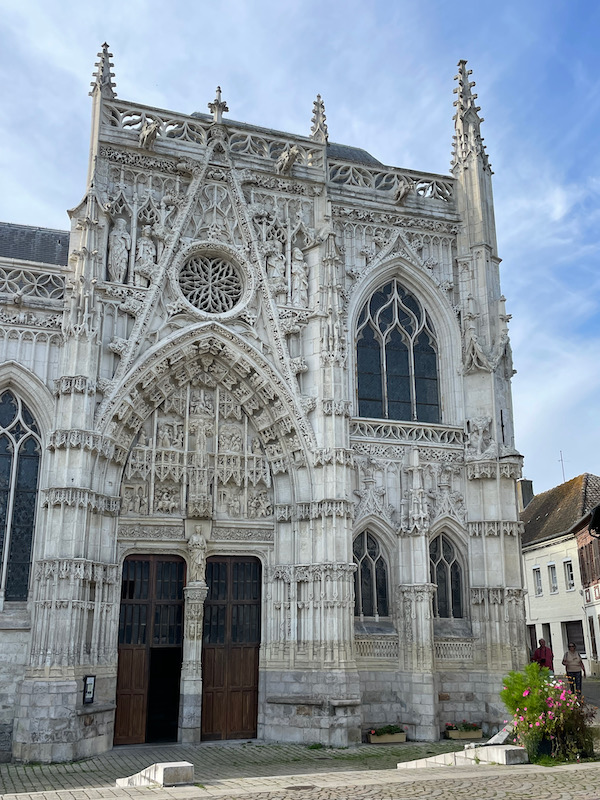
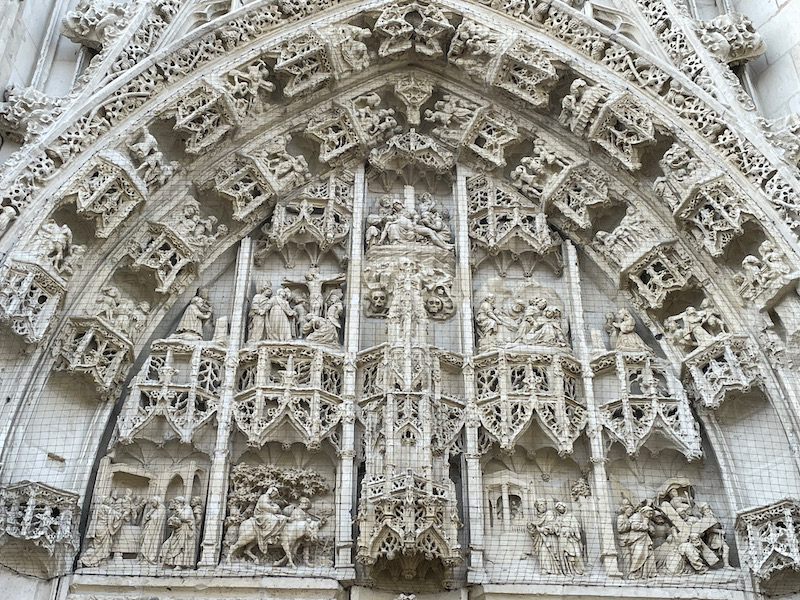
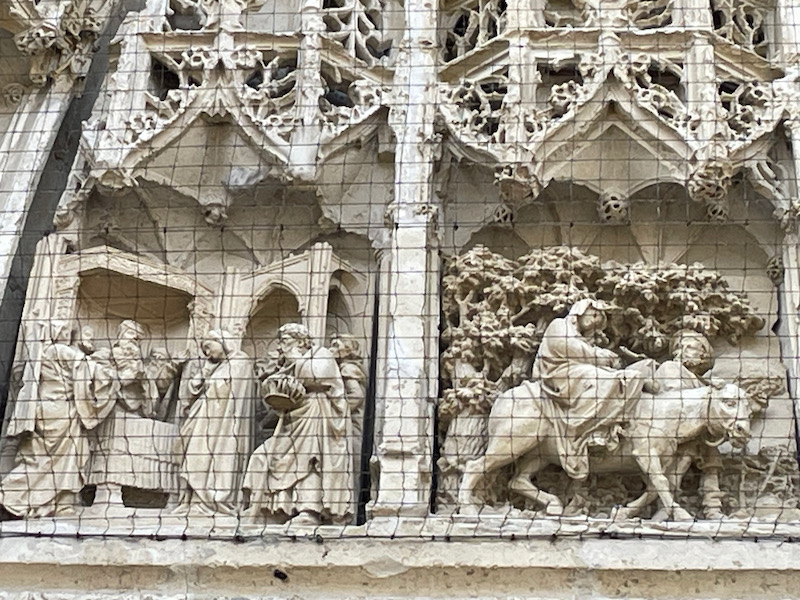
In the vestibule, there are a set of large sculptures that have been seriously damaged by the effects of the weather and time. First I show the Virgin Mary with Saint Ambroise (or Saint Jean), and then Charlamagne (holding the round orb) with Louis XI behind him.
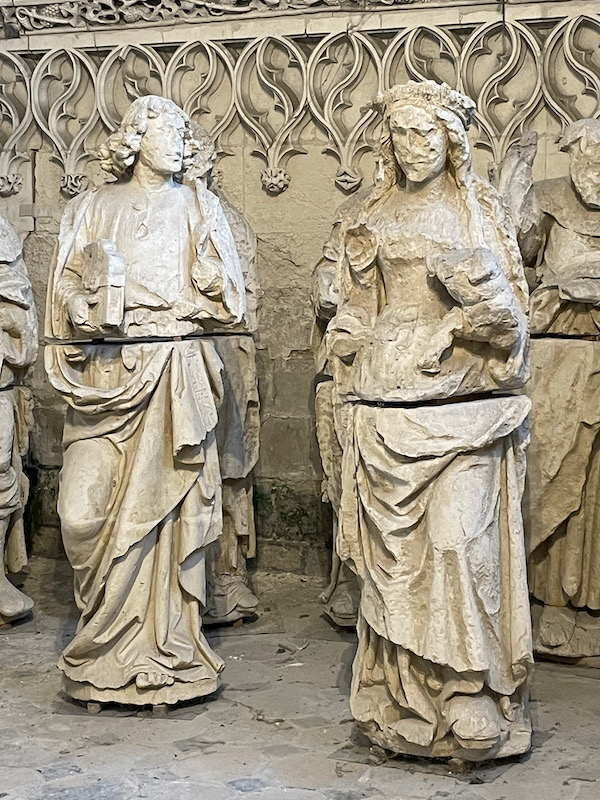
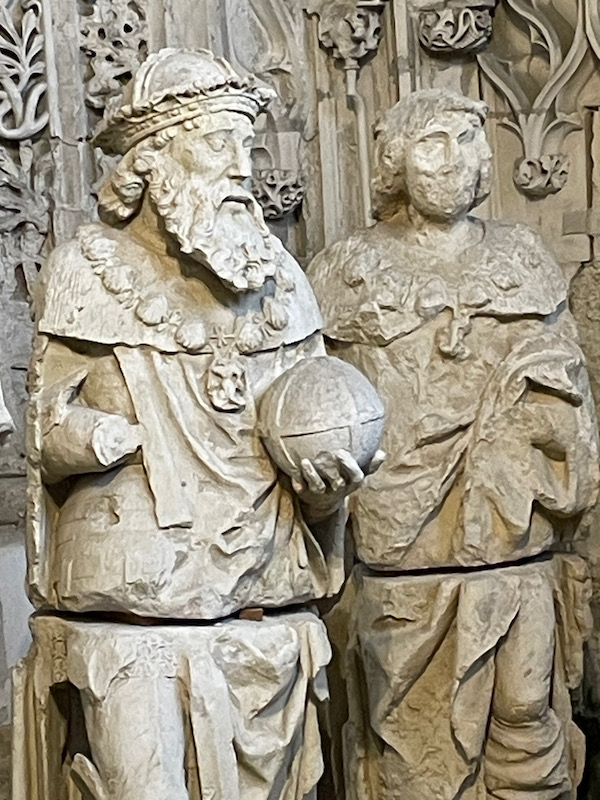
Around the inside doorway to the chapel are carved gargoyles.
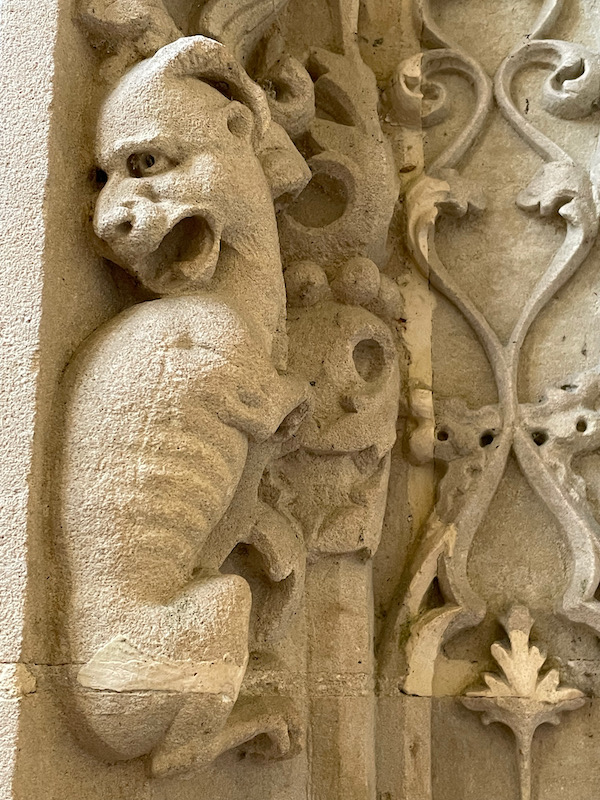
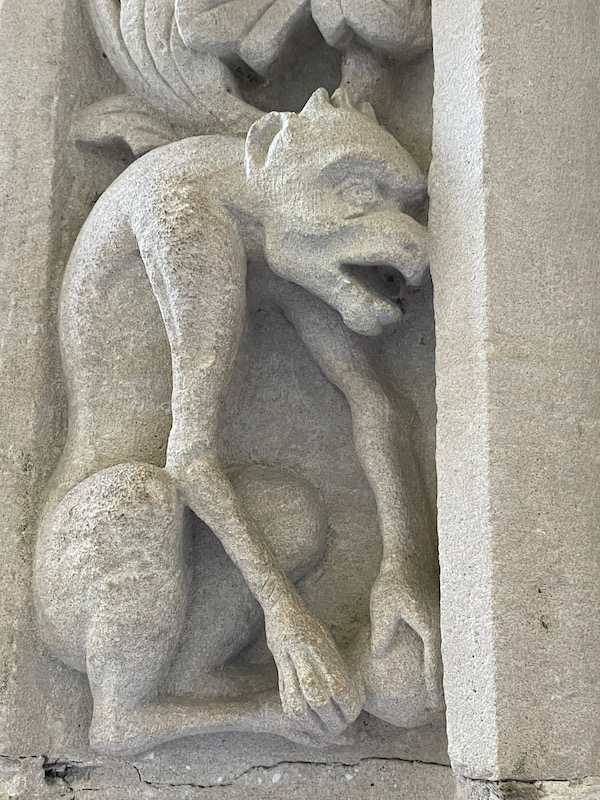
And now the actual chapel, with its amazing flamboyant Gothic ceiling.
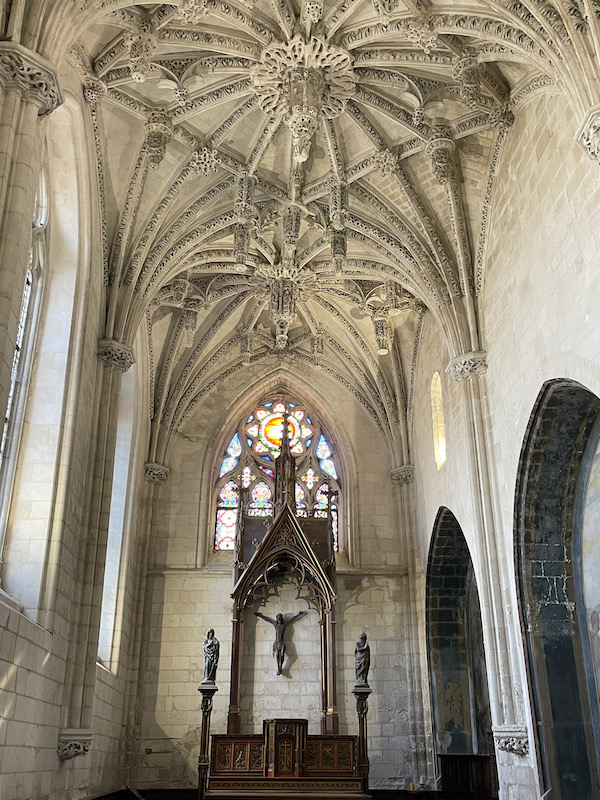
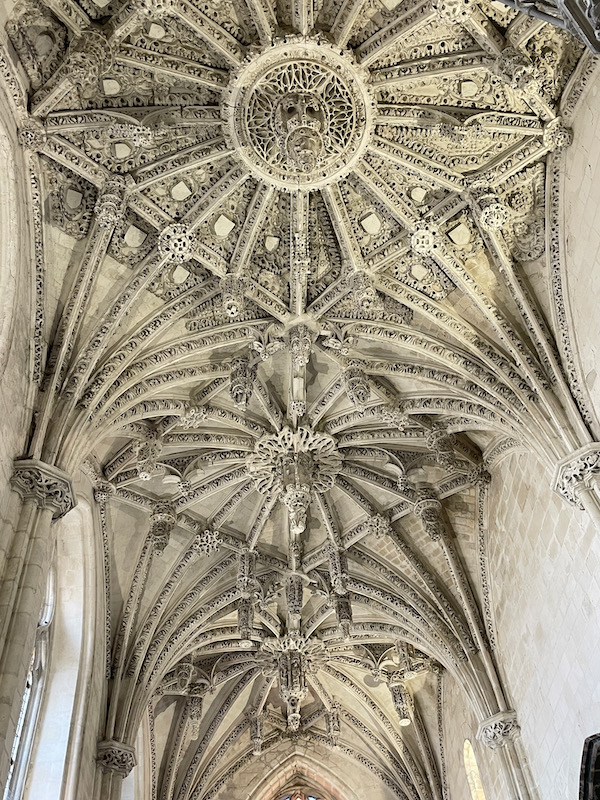
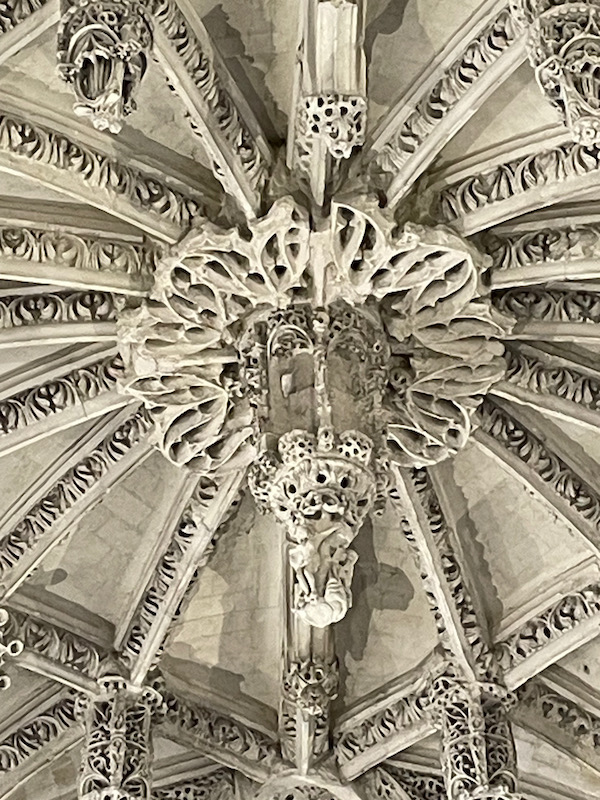
Right next door to the church is this medieval half-timbered house from the 15th century. It is one of the oldest houses like this in the area.
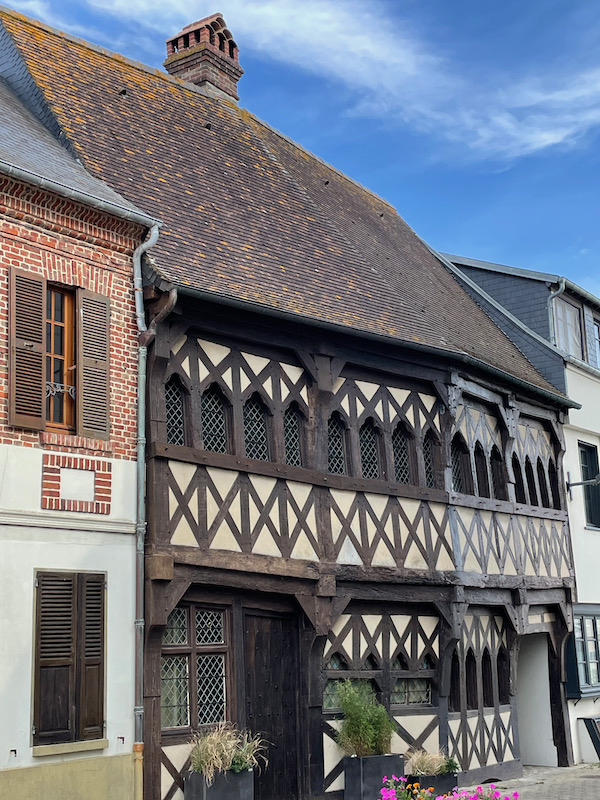
I will finish with a little bit of trivia. The town has a museum that traces the lives and achievements of 2 aviation pioneers, the Caudron Brothers, at the start of the 20th century. Gaston and René Caudron were sons of farmers from a village south of the town of Rue who, after learning about the life and work of Otto Lilienthal and the Wright brothers, embarked on the construction of their first airplane. Their first flight, in May 1909, was a success and they founded a factory here to build airplanes. During WWI, 56 squadrons of the French army were equipped with the Caudron G.3 aircraft.